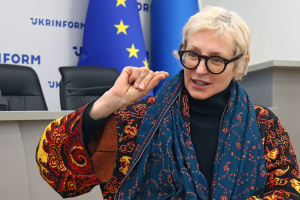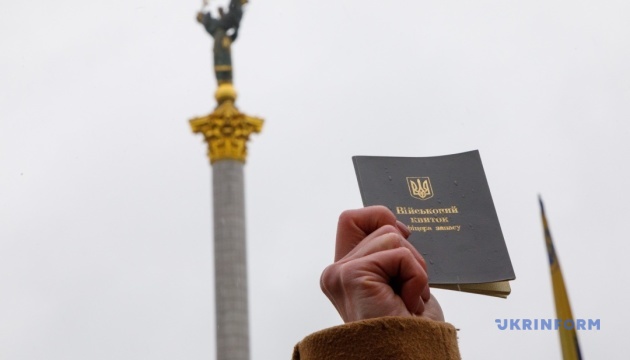
How Russian special information operations try to undermine mobilization in Ukraine
They launched a number of disinformation operations planting messages in Ukraine’s information space aimed at undermining trust in the country’s military-political leadership and artificially creating divisions in Ukrainian society. They also promoted narratives about “civil conflict” and “war between oligarchs” suggesting that average Ukrainians avoid participation in them. KGB-style active measures, such as “wives and mothers rallies” or “anti-war pickets,” were aimed at blocking the work of military enlistment offices. Since 2016, the mobilization of reservists has been stopped. On 24 February 2022, due to a full-scale invasion, President Volodymyr Zelensky announced a general military call-up. Almost immediately, Russia launched a new campaign to disrupt it.
Key anti-mobilization messages
An important element of this disinformation campaign is that the anti-mobilization messages should contain a kernel of truth, and ideally be spread organically by Ukrainians affected by it, not only by Russian propaganda, These messages include:
● mobilization is illegal due to the “wrong” martial law in Ukraine (it is contrasted with the “correct” state of war);
● territorial recruitment and social support centres (TRC) are not part of the Armed Forces but “private companies”, and therefore are not authorised to mobilise people;
● someone else should fight: MPs, civil servants, policemen, customs officers, border guards, judges, professional/contract soldiers, etc. (but not mobilized civilians);
● TRCs are totally corrupt, so the rich can bribe them to avoid mobilization while the poor have to serve;
● the Armed Forces suffer heavy losses, the commanders do not protect the lives of soldiers, therefore the mobilized are doomed to die;
● it is not worth fighting for a corrupt authority that violates the rights of citizens and closes borders;
● the Russian army is invincible and resisting is pointless.
Since 2022, Kremlin propaganda efforts have been aimed at weakening Ukraine’s ability to resist Russian aggression by artificially generating internal conflicts, pitting some groups of citizens against others. In addition to the usual tactic of juxtaposing the, Ukrainian-speaking and Russian-speaking populations in the West and the East of Ukraine, the Kremlin attempted to create fault lines between internally displaced persons (IDPs) and residents of regions hosting IDPs, as well as refugees and those who remained in Ukraine, or civilians and the military.
Demonising the TRCs’ employees is a particularly harmful part of the anti-mobilization campaign, because, the Russia tries to indirectly discredit the Armed Forces of Ukraine as a whole.
The Kremlin assets conducting these psychological operations exploit natural human fears (fear of death, fear of mutilation, and fear of the unknown), as well as the real organisational shortcomings, abuse and offences of officials.
The Russian authorities carefully monitor the Ukrainian media space and use it to promote anti-mobilization messages, with facts about bribery and other instances when TRC employees have abused their authority, as well as focusing on any conflicts involving the military, military losses, illegal border crossings by men, etc.
The pro-Kremlin disinformation combines anti-mobilization messages with real facts, manipulation, and fakes, to lead the propaganda consumers to conclude that:
● Ukrainian state is the enemy of its citizens;
● Ukrainian military poses a danger to civilians;
● only losers are mobilized; avoiding mobilization is success.
Ultimately, the goal of the Russian anti-mobilization operation is to influence the behaviour of Ukrainians. During 2022-23, the information manipulation operation was aimed at popularising passive evasion (ignoring military registration, avoiding contacts with TRCs, creating fictitious grounds for obtaining a postponement). From the end of 2023 to the beginning of 2024, the narratives aimed at the normalisation and popularisation of active forms of evasion (illegal border crossing, violence against TRC employees, burning of cars) became more noticeable.
How it works
To carry out this information manipulation operation, the Kremlin uses combined methods which include the Russian influence networks operating in Ukraine, media resources (websites, profiles in social networks, Telegram-channels), bot farms, and troll factories. In 2022, dozens of regional Telegram-channels were created to spread messages about locations, where TRC employees were allegedly issuing mobilization summons.
The propaganda and disinformation machine are using political and popular topics on Ukraine social networks for its own purposes. Just during March–November 2023, as part of research conducted by the Centre for Strategic Communications and Information Security together with the Centre for Democracy and Rule of Law, 596 advertising messages with disinformation and Russian propaganda targeting Ukrainian audiences were discovered. 136 and 82 of them, respectively, for a total of almost 37%, promoted Russian messages about the situation at the frontline and mobilization in Ukraine.
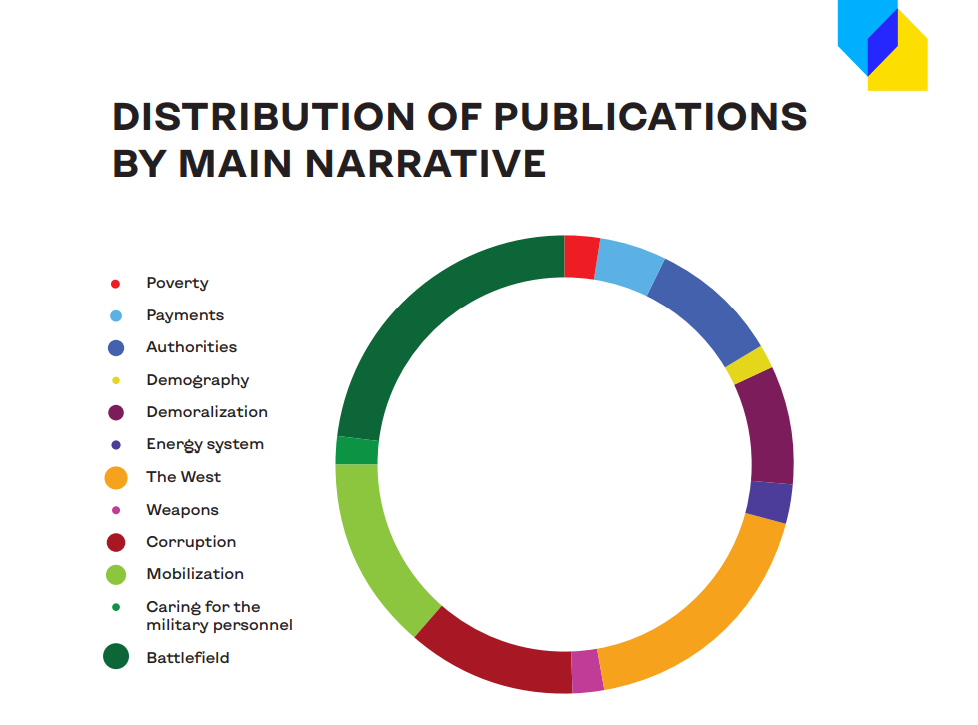
Russian propagandists use TikTok as an entry point into the Ukrainian media space. The authors of the research of the Texty.org.ua project came to the conclusion that the recommendation algorithms of this social network, like some others, start promoting the video before the moderation algorithms, responsible for blocking and removing content, process it. This means that Ukrainian TikTok users have a very high chance of seeing Russian disinformation and propaganda with popular hashtags, even if they are not subscribed to pages with such content.
In mid-July, the hashtag #ТЦК (TRC, which stands for "military draft office") was the most popular in the Ukrainian TikTok segment.
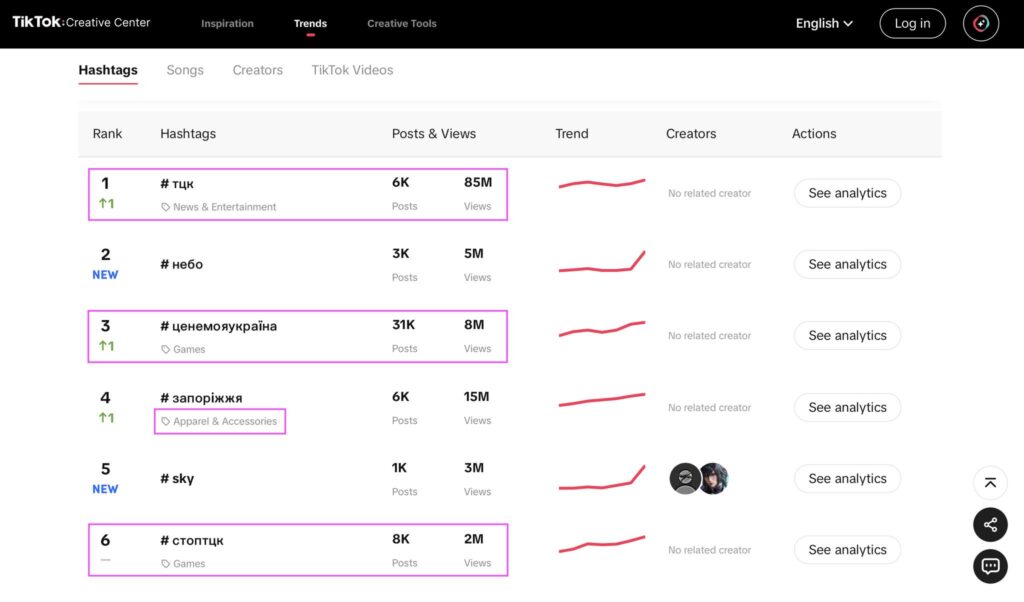
The most popular hashtags of the Ukrainian TikTok segment in mid-July (Yulia Dukach/Facebook)
Most of the content with this hashtag is aimed at discrediting the mobilization in Ukraine. In July the Top 10 popular hashtags included the following anti-mobilization hashtags: #стоптцк (stop TRC), #народпротитцк (people against TRC), #спротивтцк (resistance against TRC), #протесттцк (protest against TRC), as well as the anti-state hashtag #ценемояукраїна (Ukraine is not my country).
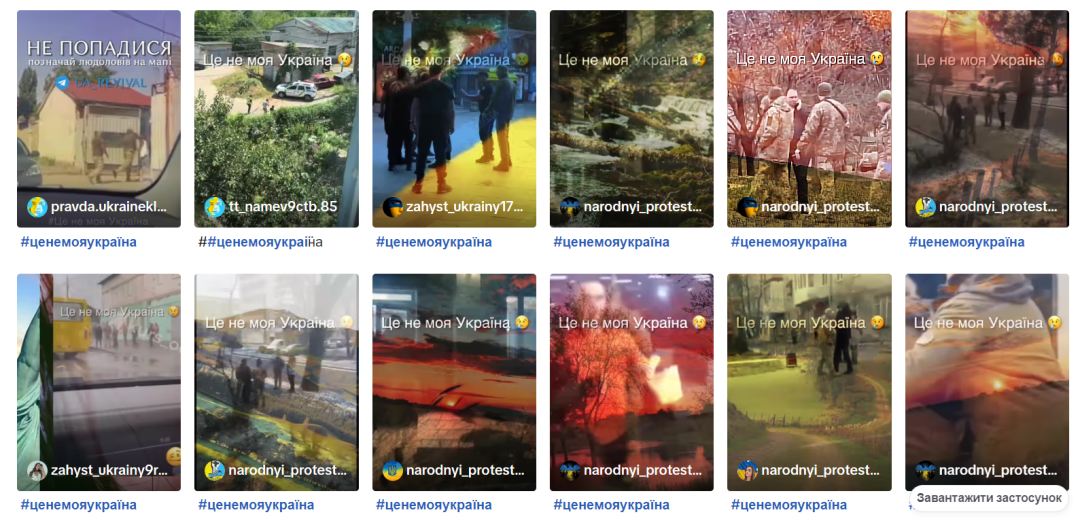
Anti-mobilization TikTok videos with popular hashtags
They mostly accompany videos (both real and staged) with conflicts involving TRC personnel, as well as abuse stories retelling and instructions on how to avoid and actively counter mobilization, taken out of context, or simply unfortunate quotes from military interviews about the need for mobilization, etc.
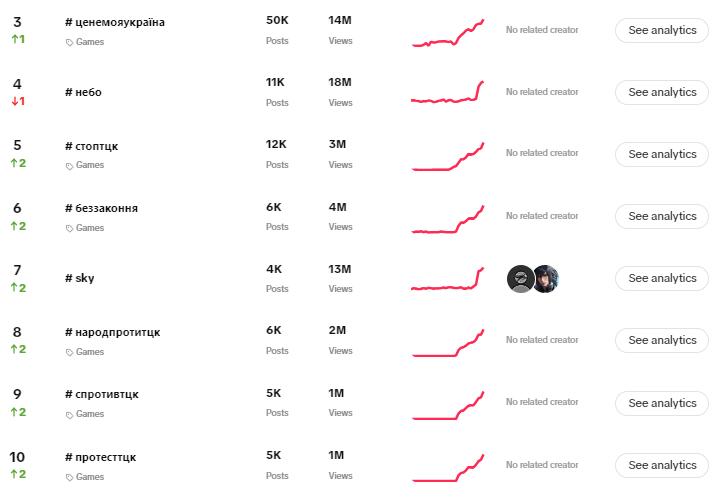
Popular hashtags of the Ukrainian TikTok segment in July
Setting fire on military cars in Ukrainian cities and its media coverage is one of the methods for active resistance to mobilization. According to the investigation of the Important Stories publication, at the beginning of June, on Russian-language forums on the darknet, advertisements appeared, offering monetary rewards for setting fire to TRC cars. This is primarily about the Hydra forum, which specialises in drug trafficking and other illegal operations. The forum periodically changes its address on the Tor network.
The Security Service of Ukraine and the Prosecutor General’s Office reported the arrest of suspects in such burnings, who received assignments via Telegram. Videos and photos of burned military vehicles are circulating through Russian media networks as evidence of “popular resistance” to the mobilization. In particular, TikTok videos are accompanied by the hashtags listed above.
Propaganda resources, including the Russian state-controlled outlets, are amplifying these incidents to create a story about the “popular resistance” to the mobilization, and about “confrontation of Ukrainians with the authorities,” and President Volodymyr Zelenskyy personally. In particular, on 21 July, the TASS Russian State News Agency distributed numerous materials that it claimed were interviews with members of the “pro-Russian resistance” in Ukraine. The publication says that setting fire on the military cars and relay boxes (a classic example of sabotage against transport infrastructure) are supposedly “acts of resistance” by men who are to be mobilized.
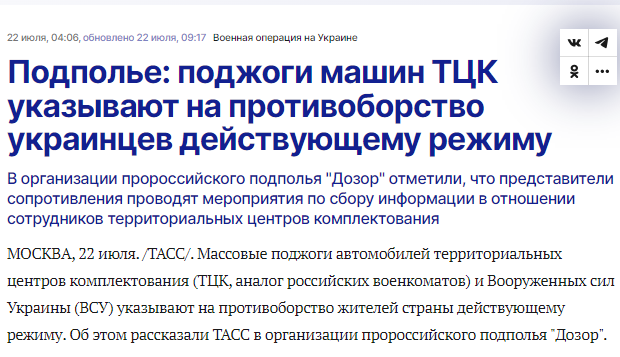
TASS publication about burning cars as an “act of resistance to mobilization”
Over the next three days, this story was shared by more than 40 Russian and pro-Kremlin resources: Telegram-channels, Facebook pages, and websites. About 40 more messages were published on the Russian VKontakte and Odnoklassniki social networks.

The intensity of a spin about arson attacks on cars as an “act of resistance to mobilization” on Telegram, Facebook, and websites
Russian propaganda tries to include incidents that resonate with people, e.g. content related to violence and suicide attempts, in the anti-mobilization narratives. On July 18, a woman set herself on fire near the courthouse in the Bila Tserkva raion of the Kyiv region. Russian propaganda sources presented it as an “act of resistance” because the court did not grant her husband a postponement from mobilization.
The fake is obvious, because postponements from mobilization can only be issued in the TRC, not in courts. Over 40 Russian and pro-Russian websites and Telegram-channels spread this fake within three days (monitoring tools detected 50 messages).
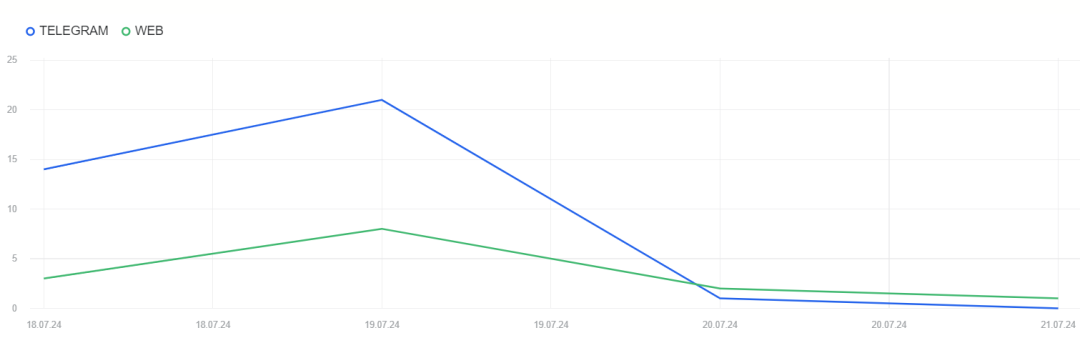
The intensity of the spread across Telegram and websites of a fake story of a woman setting herself on fire over her husband being called up for service
The dissemination of the fake was continuing to occur even after the police provided an official explanation that the court was considering a case regarding the rights of a woman and a man to custody of their child.
Police report on self-immolation of a woman
The Kremlin uses agents of influence to disrupt the mobilization in Ukraine, Often under the guise of journalistic or human rights activities. They create networks for organised opposition to mobilization, discrediting the state and the military. At the end of July, the Security Service of Ukraine detained the head of one of these networks and his accomplices. They are suspected of creating and distributing content with calls for armed resistance to the TRC, publication of military personnel personal data, and other actions subject to Art.114-1 of the Criminal Code of Ukraine (obstructing the lawful activities of the Armed Forces of Ukraine).
Conclusions
Russia is directly interested in weakening Ukraine’s defense capabilities. Therefore, its efforts are aimed at disrupting Ukrainian mobilization. For this, the Kremlin uses all the arsenal of Russian state security services’ methods and propagandists to the coordinated distribution of disinformation, information manipulation, creation of false news, recruitment of agents, and sabotage. They are using a combination of tools that complement each other. Russia is trying to convince Ukrainians that their real enemy is not the aggressor but their own state, undermine trust in the Armed Forces, generate internal conflicts, and turn them into a violent confrontation. Or, with the help of the media , create an illusion that such a confrontation is about to unfold.
Center for Strategic Communication and Information Security

